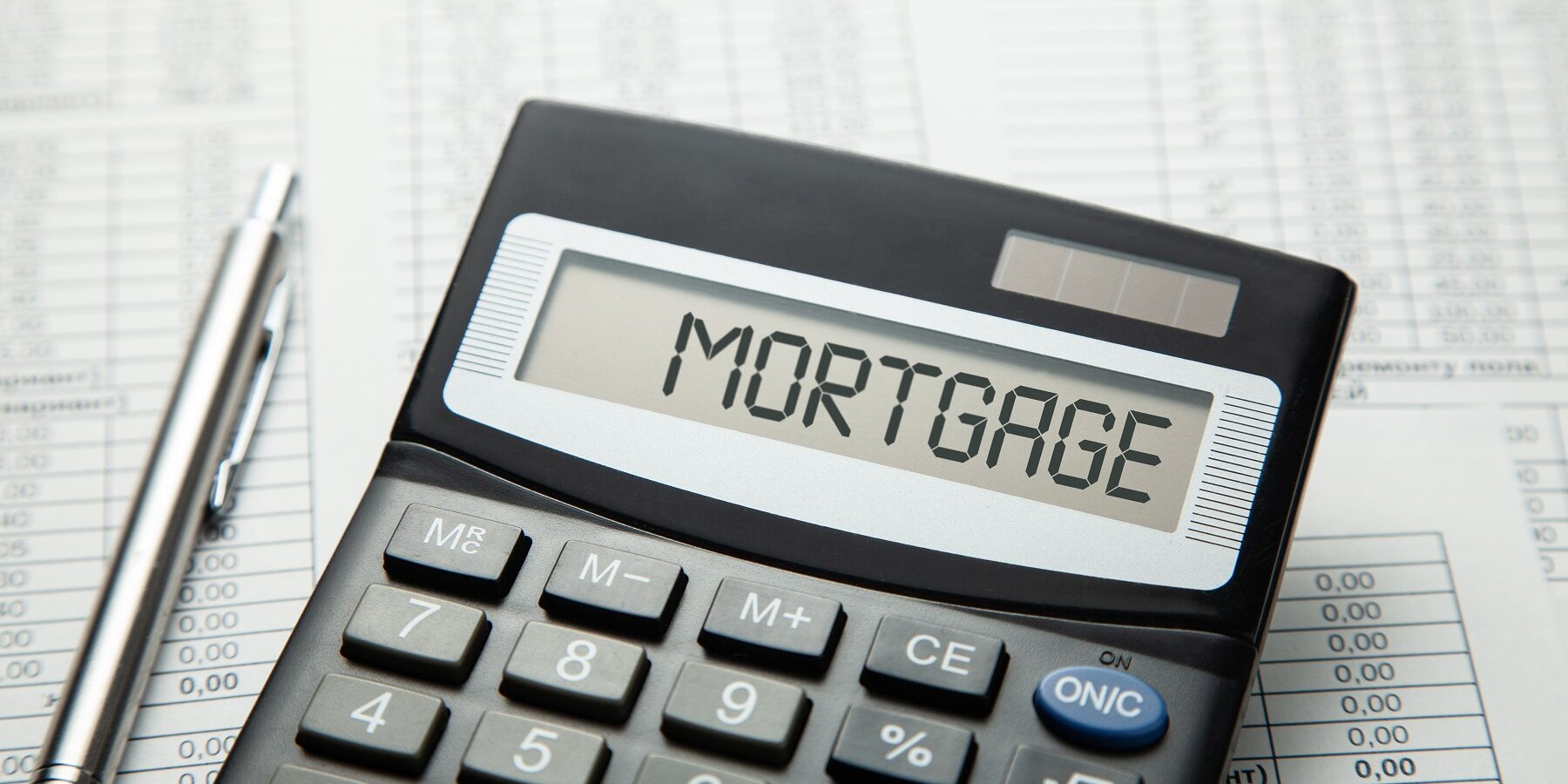
As explained in our article on “How to Evaluate a Mortgage Refinance”, the decision to refinance comes down to evaluating the benefit of the interest savings against the costs of the refi. A traditional approach to evaluating this tradeoff is to calculate a payback period, which is defined as the number of months it takes for the refinance savings to cover the refi costs. One rule of thumb says that a refi is worthwhile if the payback period is 30 months or less.
The traditional payback period calculation is as follows: divide the cost of the refi by the monthly savings. This simple calculation can work at times, but in most cases, this calculation fails to produce a fair comparison between the existing mortgage and the proposed refinance.
A better approach is to calculate a payback period that considers both the monthly savings AND the change in mortgage balance. Specifically, the total benefit of a refinance is calculated as the cumulative change in payments PLUS the change in the mortgage balance. The month in which this total benefit exceeds the cost of the refi represents the payback period.
For example, consider a $400,000 mortgage at 4%, with 25 years remaining and a monthly payment of $2,111. The borrower is considering refinancing into a 20-year mortgage at 2.5%, with a monthly payment of $2,120. The cost of the refinance is $5,000. Is the refi worth it?
 In this case, the payment on the new loan is slightly higher than the existing loan. Therefore, a simple payback calculation that only considers the payment savings will not work. But when we consider both the change in payments and the change in the mortgage balance, the benefit of the refi becomes apparent.
In this case, the payment on the new loan is slightly higher than the existing loan. Therefore, a simple payback calculation that only considers the payment savings will not work. But when we consider both the change in payments and the change in the mortgage balance, the benefit of the refi becomes apparent.
The table below compares the cumulative difference in payments and the difference in the mortgage balance by month. By month 10, the mortgage balance is more than $5,000 less than it would otherwise be, exceeding the cost of the refi and the slightly higher payments. This represents a payback period of just 10 months!
 Note that a more thorough analysis would also consider the tax impact of the refi to the borrower.
Note that a more thorough analysis would also consider the tax impact of the refi to the borrower.
If you are considering a refi, remember to consider not just the payment savings, but also the change in mortgage balance and the tax impact. This type of comprehensive analysis, combined with a broader evaluation of how the refi will fit into your financial plan, is the only way to make sure that the decision to refinance is the best option for you.

